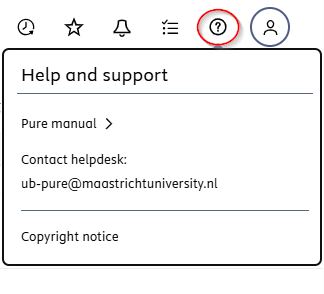If you are logged in, you will find the link to a detailed manual under the question mark at the top right corner.
If you are logged in, you will find the link to a detailed manual under the question mark at the top right corner.
For questions or information, use the web form to contact a library specialist.